Lollipop machines have evolved significantly over time, moving from simple batch processes to highly automated systems capable of producing a variety of shapes, sizes, and flavor combinations. One frequently asked question is whether modern lollipop machines can produce multi-flavored or layered lollipops. The answer is a resounding yes—advanced lollipop production lines are designed precisely to handle complex confectionery designs, including multi-flavored and layered confections.
How Lollipop Machines Work
At their core, most industrial lollipop machines utilize a continuous flow or batch molding approach. Melted sugar or candy syrup is cooked to a specific temperature and consistency in a kettle. Once it reaches the desired stage, the hot candy mass is transferred—often via a heated pipe or pump—into dosing heads or rotating molds. A stick is inserted, and the candy is allowed to cool and solidify around it. Basic machines simply pour one homogeneous candy mixture into a mold, but more sophisticated systems introduce ingredients at different points to create layers or flavor segments.
Creating Multi-Flavored Lollipops
To produce multi-flavored lollipops, machine operators or automated controls must introduce different flavoring and coloring agents at precise times during the molding cycle. There are a few common methods:
Sequential Pouring
First Flavor Deposition: A measured amount of the first candy syrup—infused with flavor A—is pumped into each mold cavity.
Cooling Pause: The mold is allowed to sit briefly so that this initial layer or section begins to set.
Second Flavor Deposition: Without fully unmolding or removing the stick, a second candy syrup (flavor B) is introduced on top of or adjacent to the first layer. This process can repeat for additional flavors as long as timing and temperature controls are precise.
Multi-Channel Heads
Some high-end lollipop machines feature multi-channel dispensing heads, where each channel is connected to a reservoir of different flavored candy syrup. By programming the machine’s controller, the operator can define the sequence and proportion of each flavor in a single pour. This method allows distinct segments of flavors to coexist within the same candy shape, producing a “striped” or sectioned appearance in cross-section.
Overlay or Side-by-Side Pouring
For certain lollipop shapes—such as heart-shaped or oval molds—two or more colored/flavored syrups can be poured side by side, meeting at the center. After cooling, the resulting lollipop presents a visually striking interface where flavor A is on one side and flavor B on the other. When bitten into or licked, the consumer experiences alternating flavors.
Producing Layered Lollipops
Layered lollipops take sequential pouring one step further. Instead of distinct flavor blocks, the goal is to create thin strata of differing colors and flavors (for example, alternating stripes of strawberry, lemon, and grape). Key factors include:
Precise Temperature Management: Each layer must cool just enough to support the next layer without fully crystallizing. If the first layer cools too much, the second layer may not adhere properly, leading to separation.
Timed Deposition Cycles: Programmable logic controllers (PLCs) in modern machines allow operators to set time intervals for each pour. For instance, flavor A might be poured for five seconds, followed by a two-second delay, then flavor B for five seconds, and so on. Adjusting these intervals changes the thickness of each layer.
Consistent Viscosity: The candy syrup's viscosity needs to be stable across flavor batches. If one flavor batch is slightly thicker or thinner, it can spread unevenly, which disrupts the visual consistency of the layers.
Advantages of Machine-Based Multi-Flavored/Layered Production
Speed and Consistency: Automated machines can produce thousands of lollipops per hour with consistent layering and portion control. Manual methods would be far slower and less uniform.
Customization: Machines can be quickly reprogrammed to change flavor sequences, layer thickness, and color combinations, allowing small-batch runs or seasonal flavors without extensive downtime.
Reduced Waste: Precise dosing minimizes the amount of overruns or rejects due to off-spec layering. Unused syrup can often be recycled back into the kettle if it remains within appropriate temperature limits.
Enhanced Visual Appeal: Layered designs and multi-flavor segments offer a premium look, which can justify a higher price point and attract attention on retail shelves.
Practical Considerations
Cleaning and Changeover: Transitioning from one flavor to another—or from a single-flavor run to a layered run—requires thorough cleaning to prevent cross-contamination. Machines with quick-release parts and CIP (Clean-in-Place) options streamline this process.
Flavor Compatibility: Not all flavors mix well. Some essential oils or extracts can interfere with the setting properties of the sugar mass. Recipe testing is crucial before scaling up to full production.
Shelf Stability: Certain layered combinations (e.g., one layer with fruit puree and another with clear hard candy) can have differing moisture migration rates. Proper formulation ensures layers remain stable without weeping or discoloration over time.
Modern lollipop machines are fully capable of creating multi-flavored and layered lollipops. By utilizing sequential pouring techniques, multi-channel dispensing heads, and precise temperature and timing controls, manufacturers can produce visually appealing, flavor-rich confections. These advanced capabilities not only enhance the consumer experience but also enable confectioners to differentiate their products in a competitive market.


 ENG
ENG
 English
English 中文简体
中文简体 русский
русский Français
Français Español
Español عربى
عربى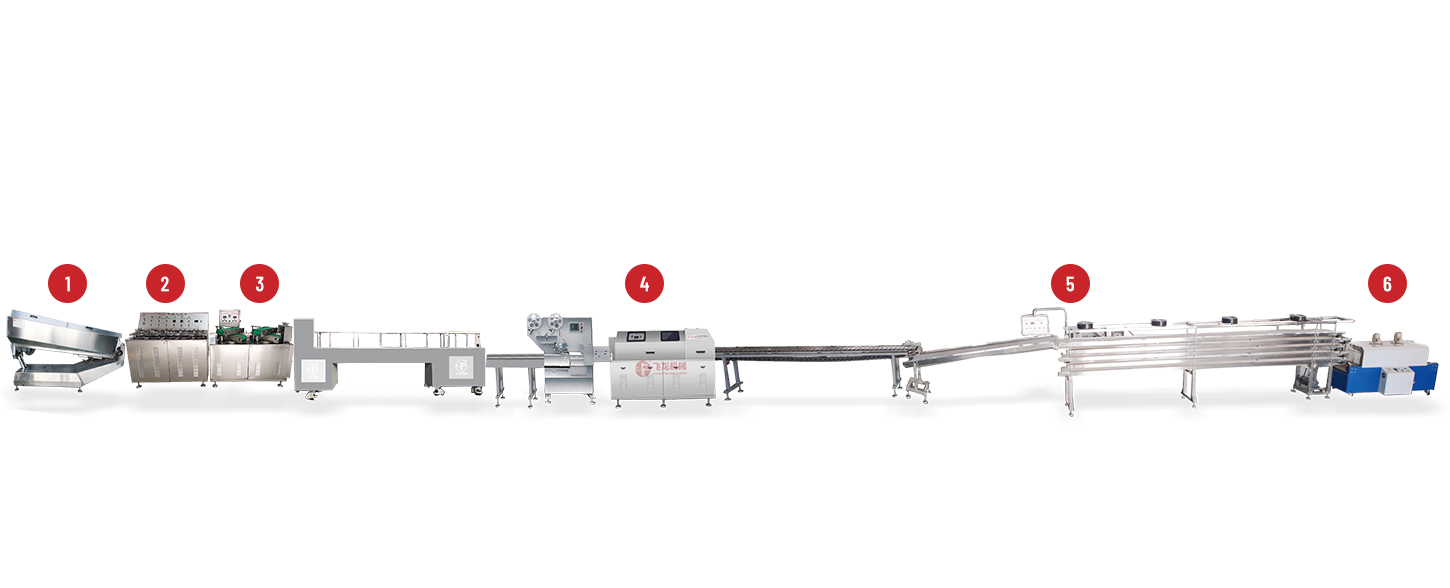
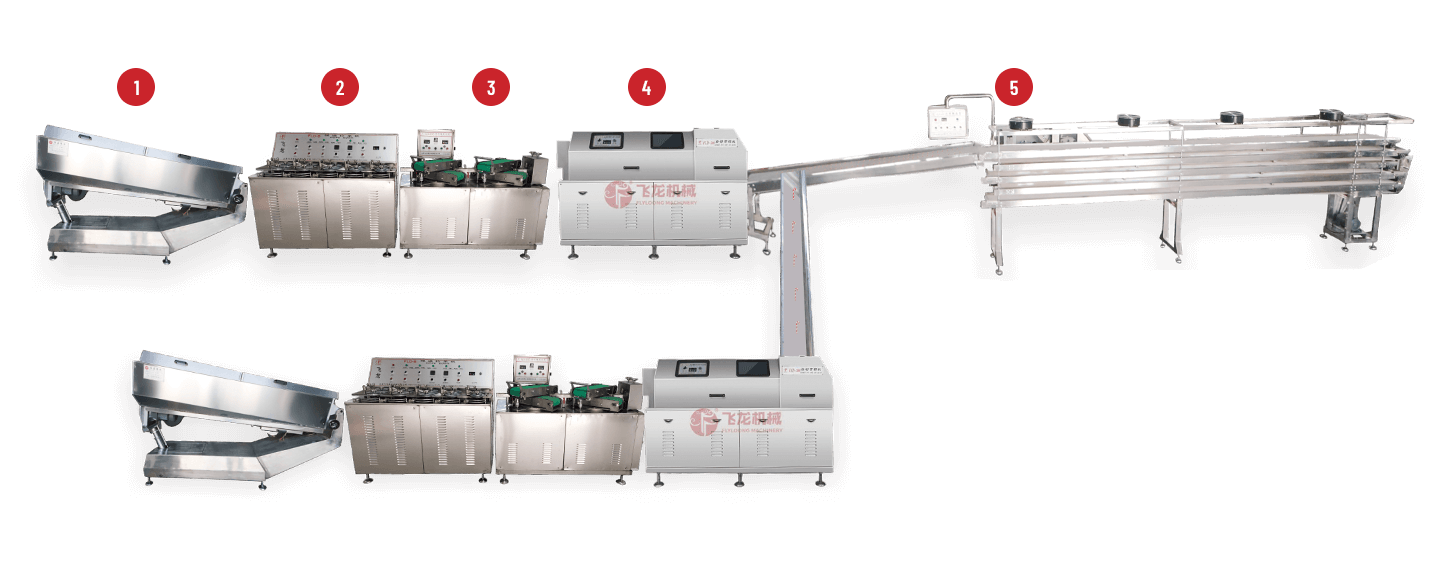
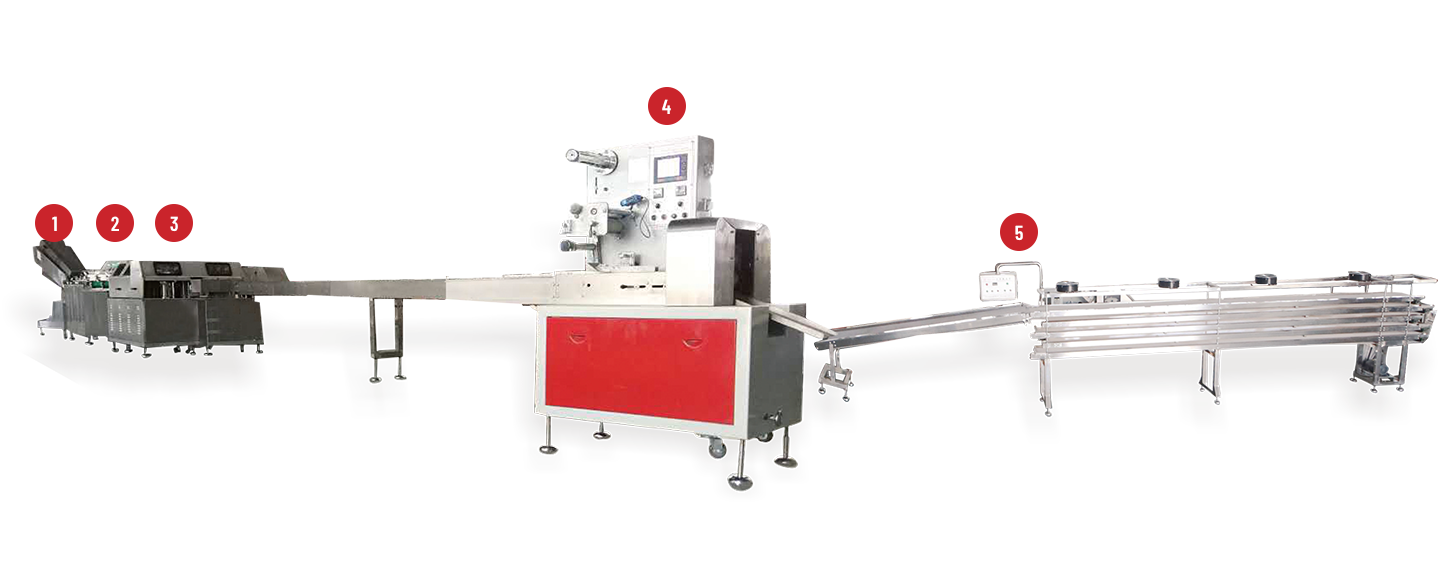
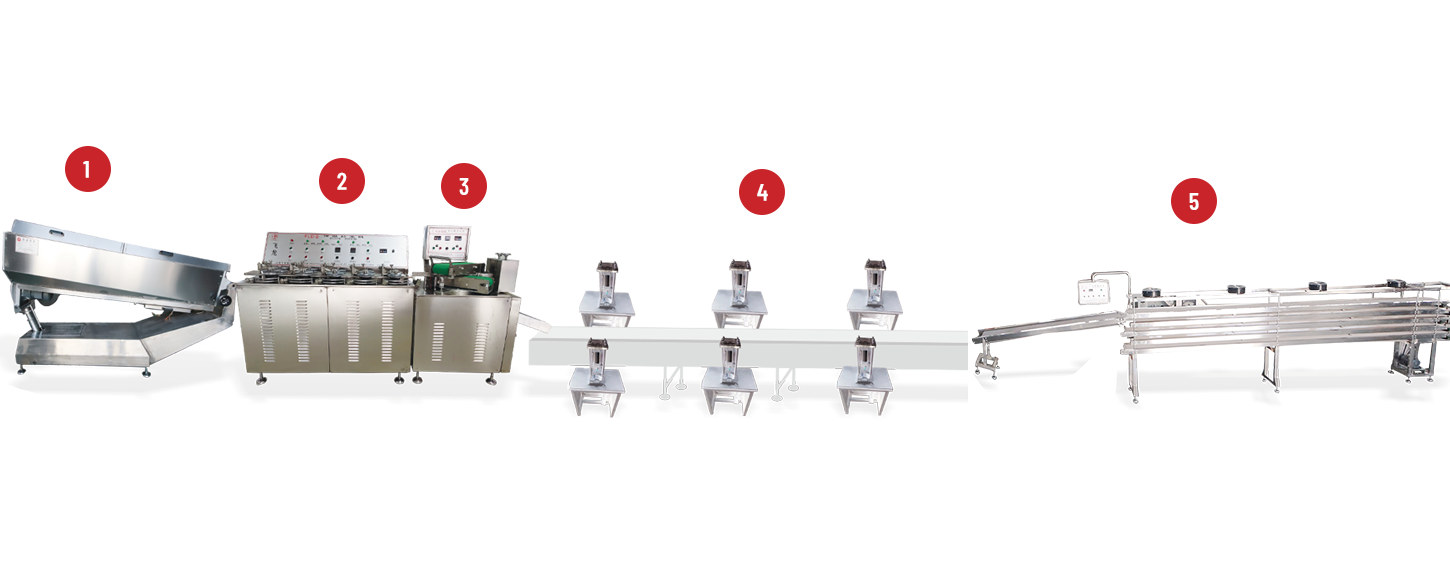
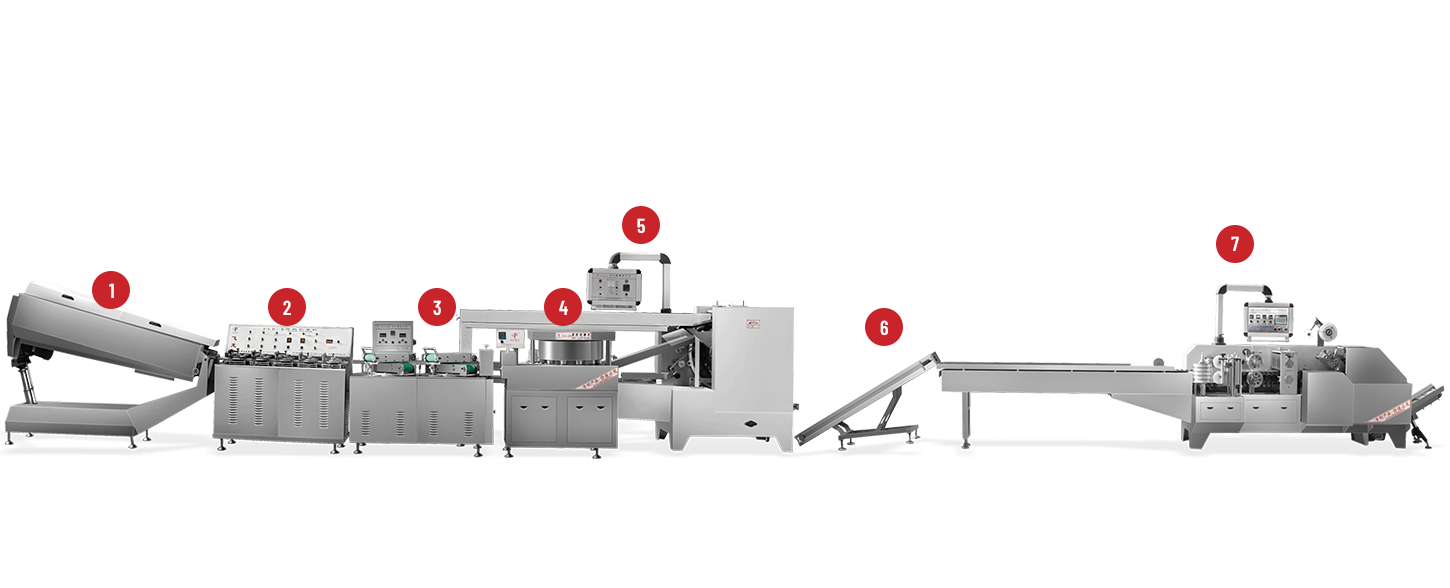
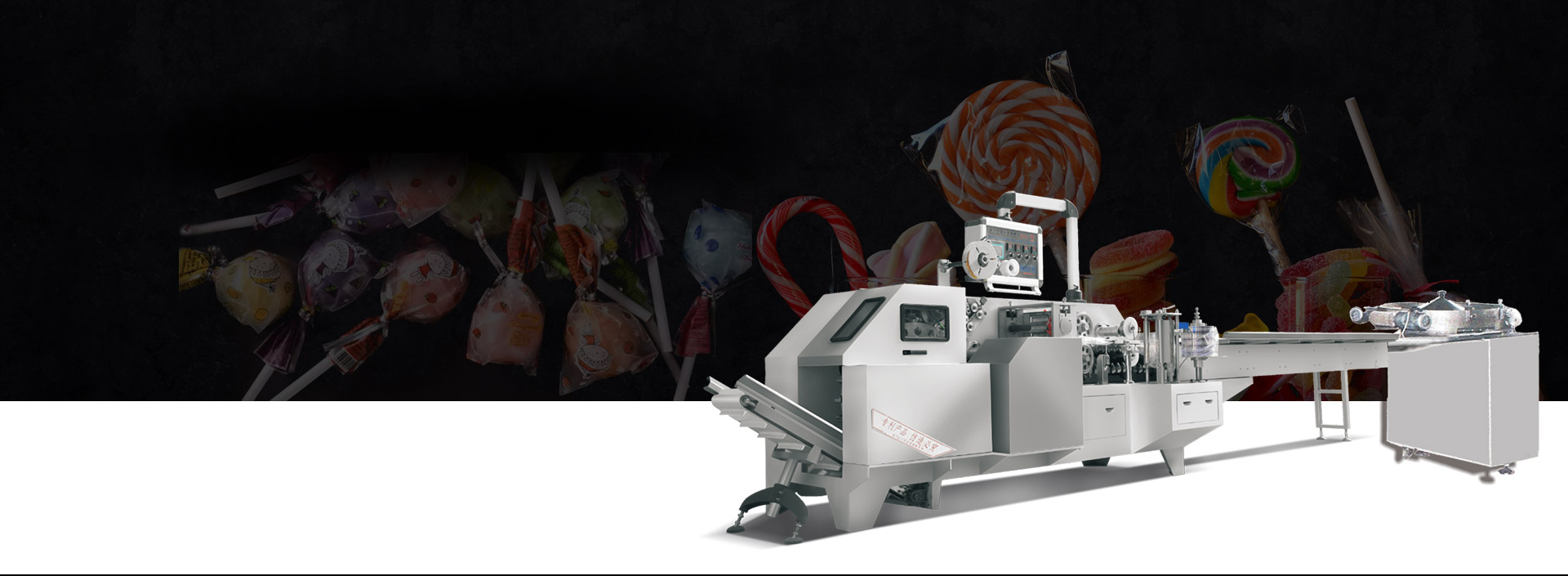
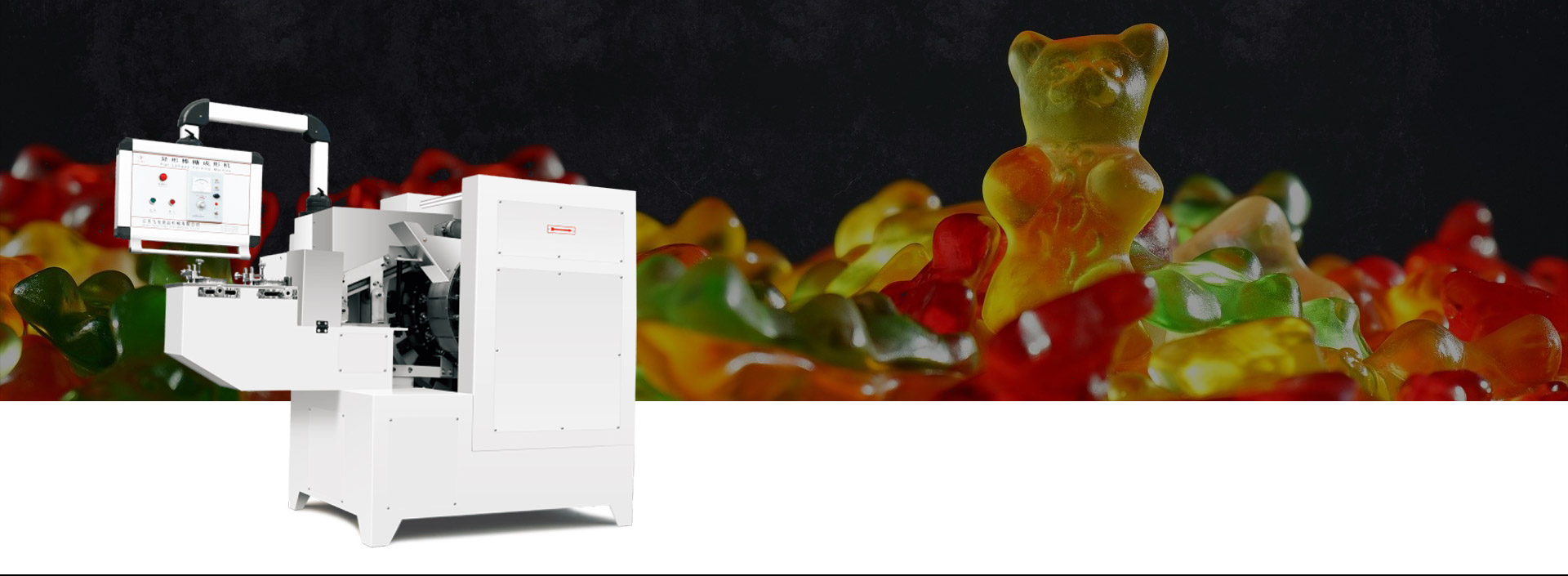
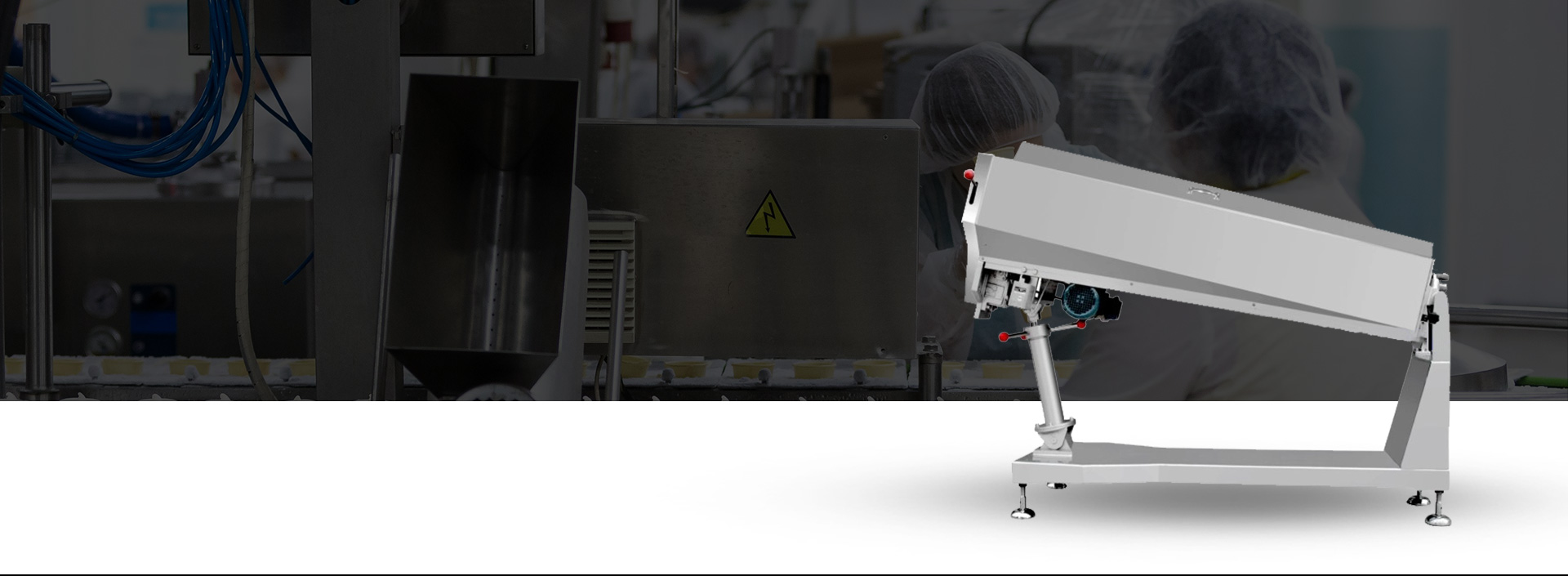
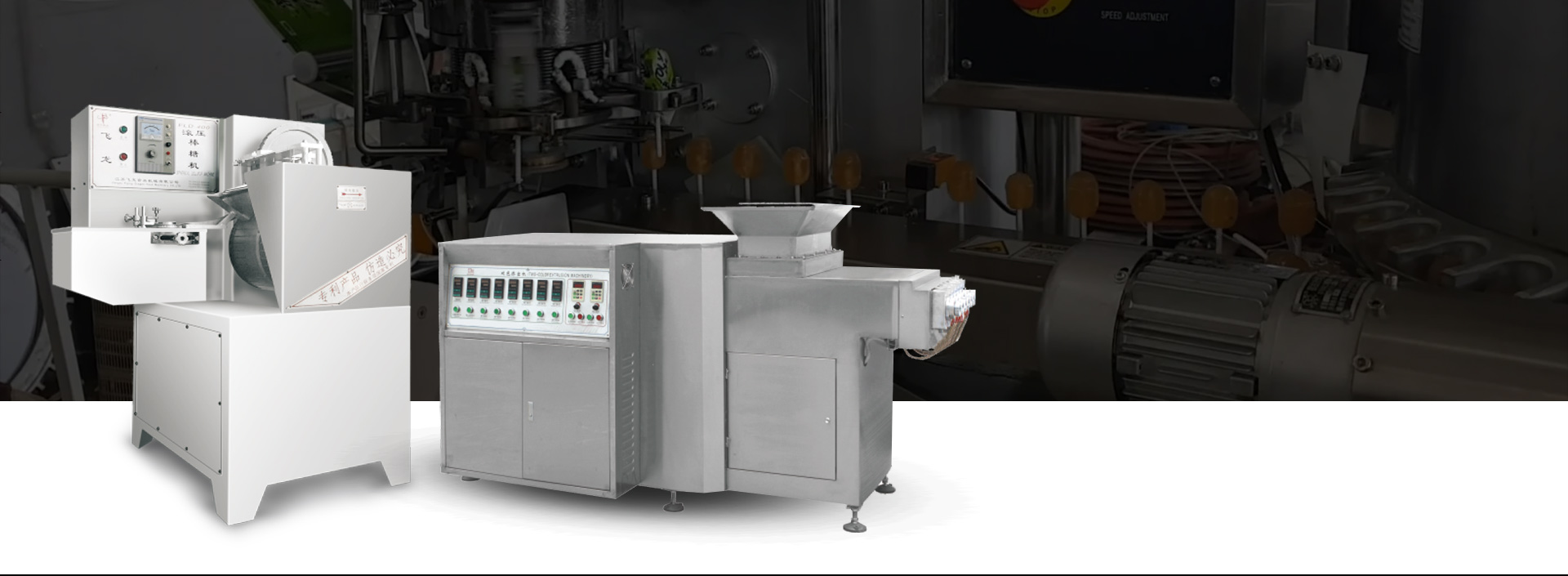
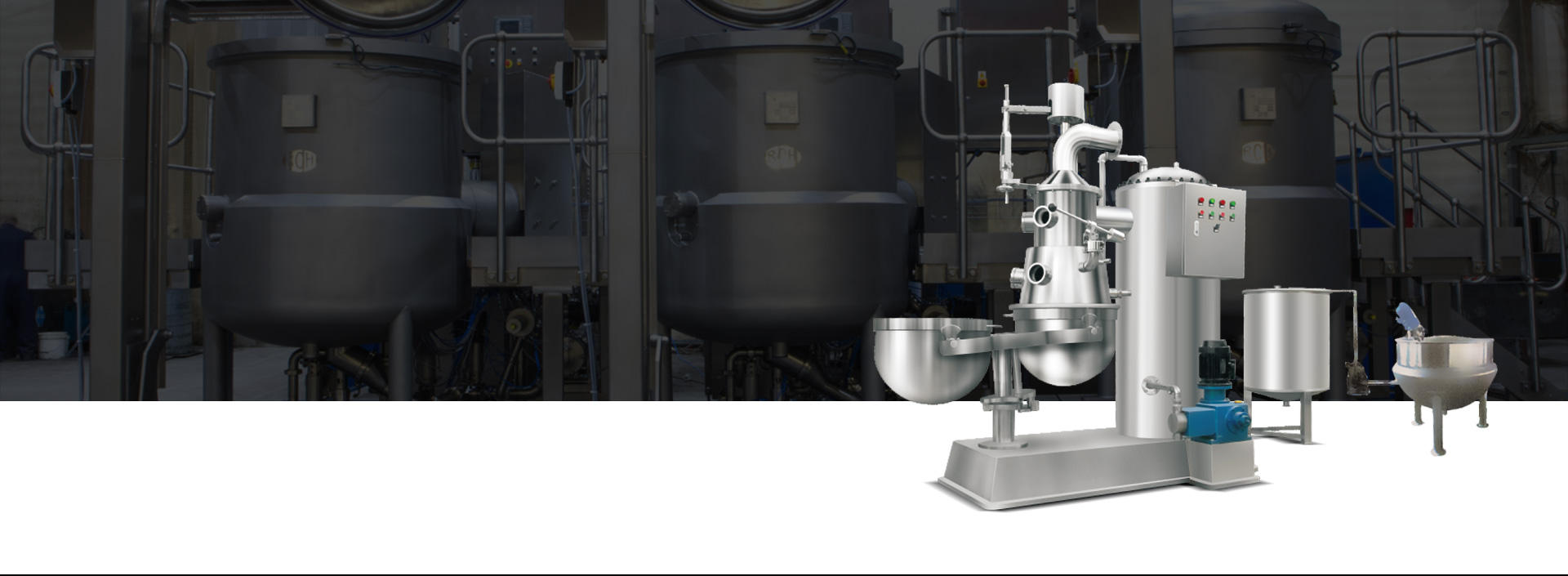

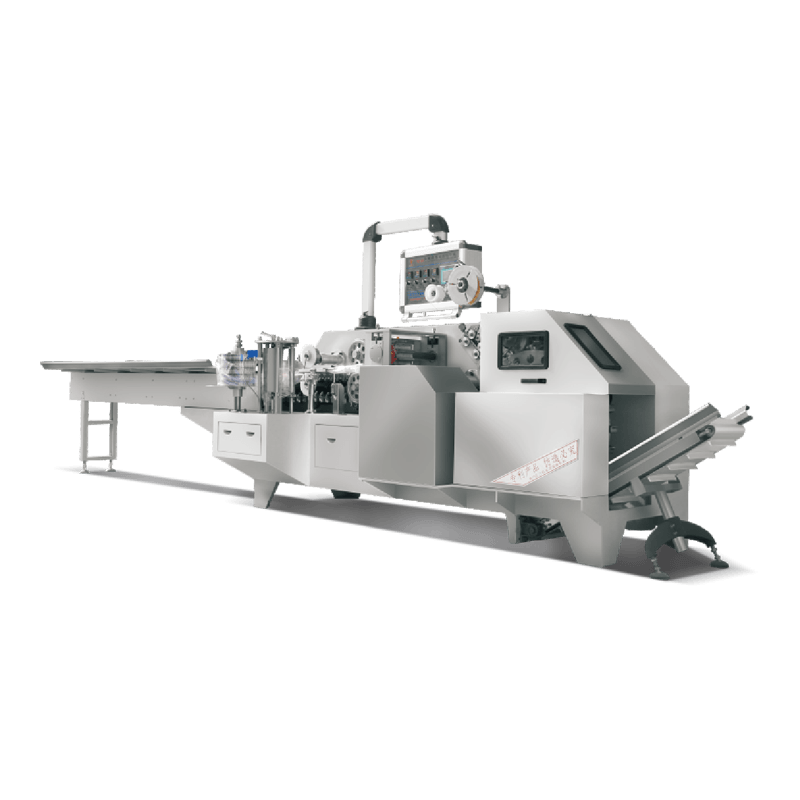
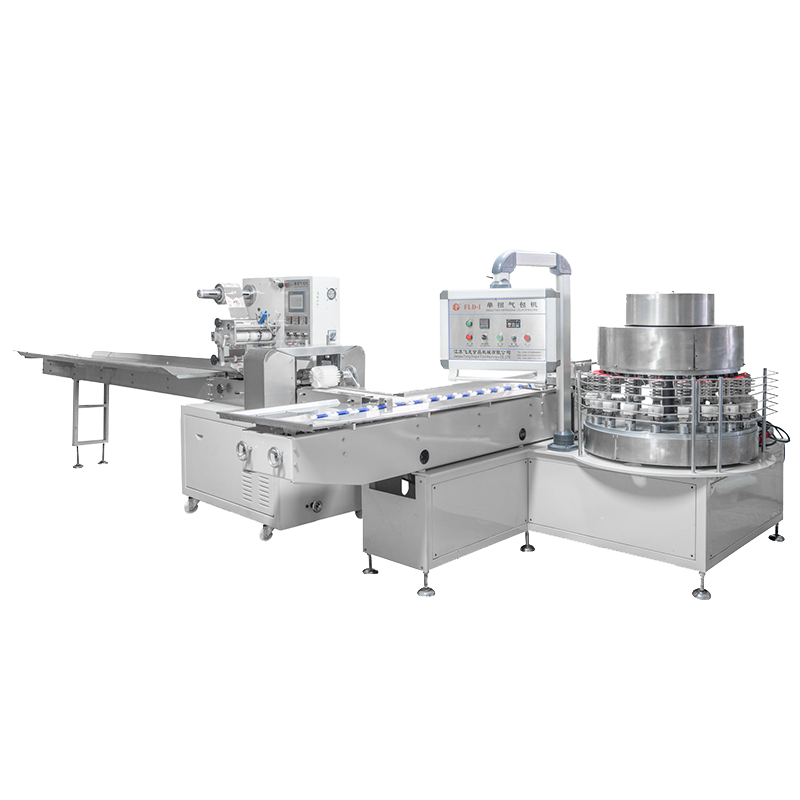
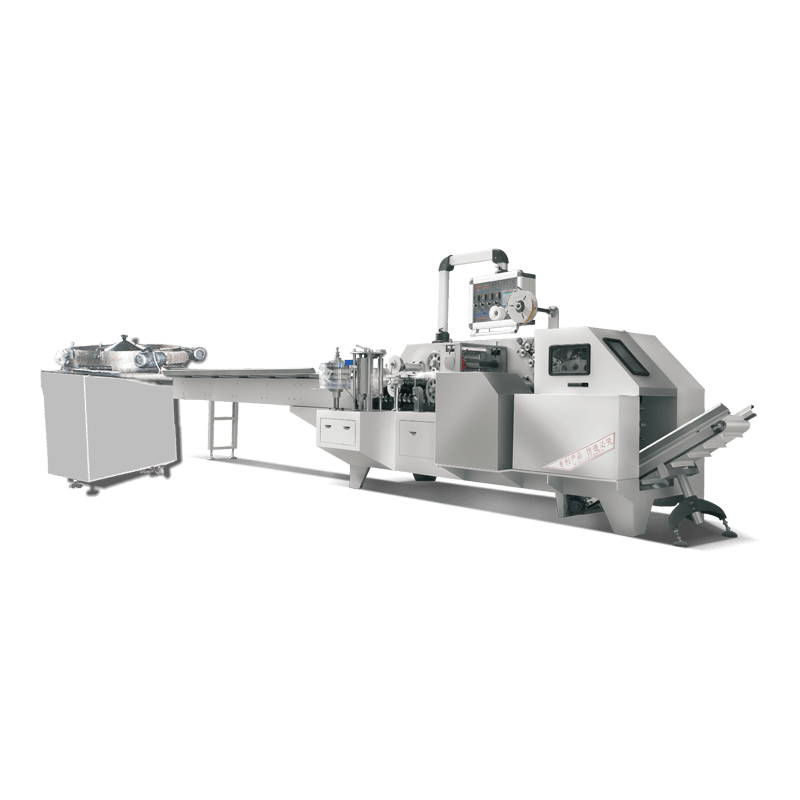
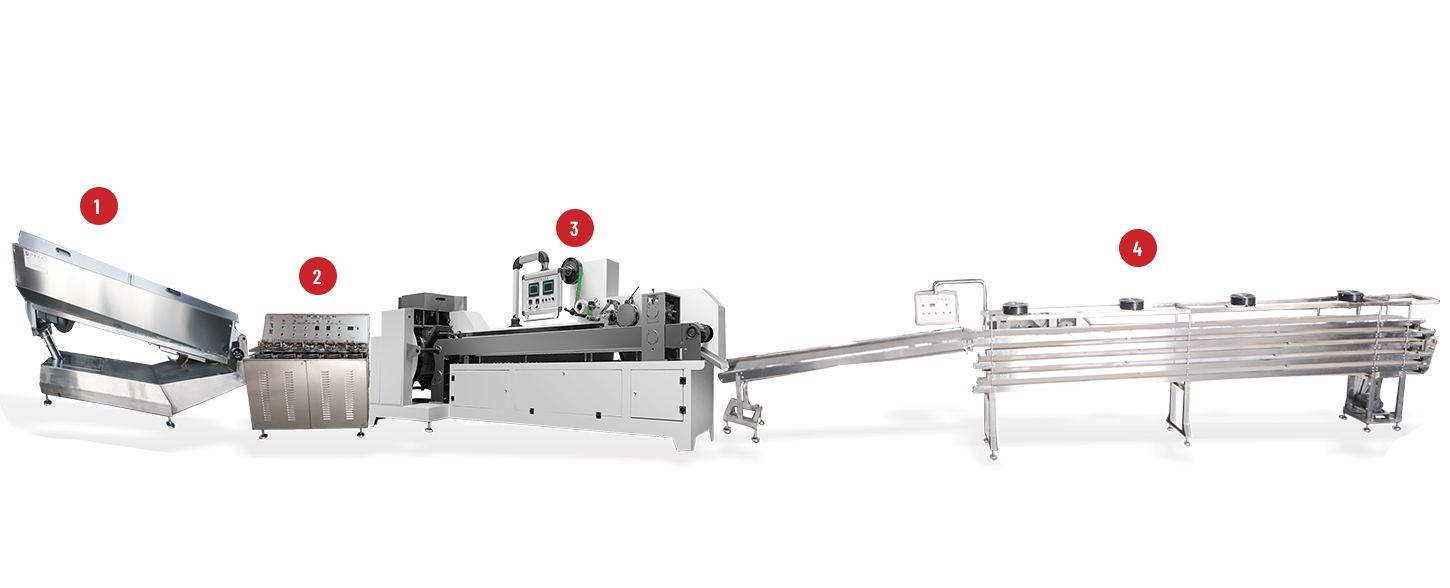
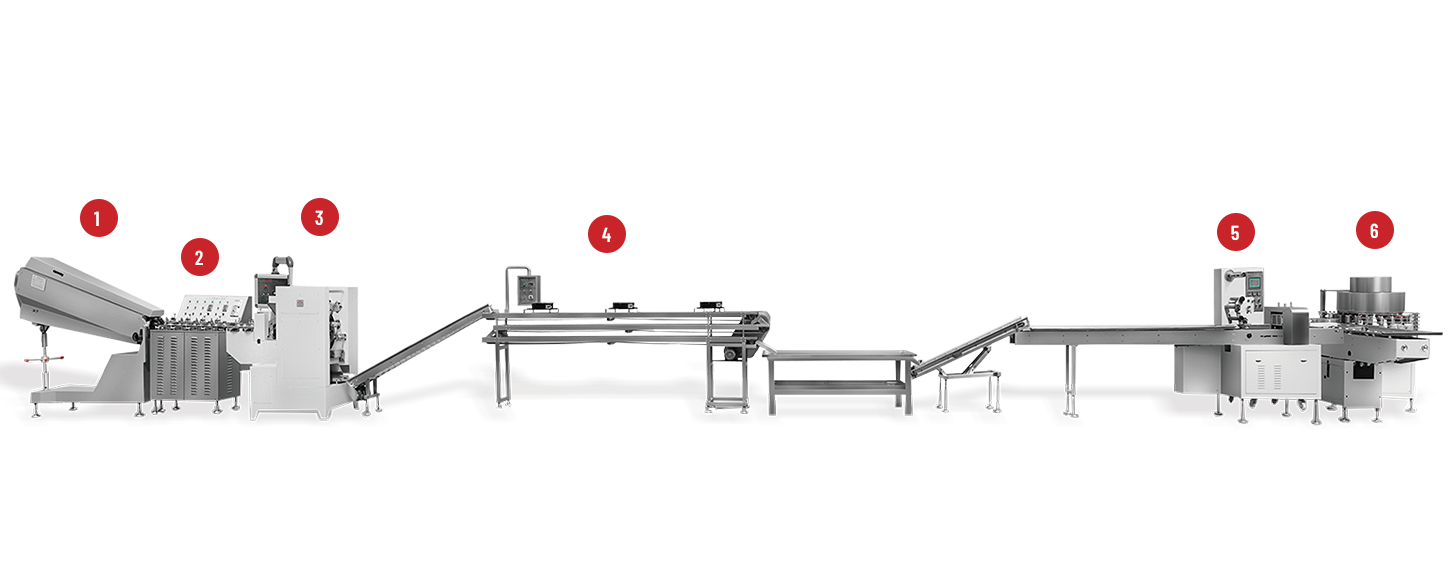
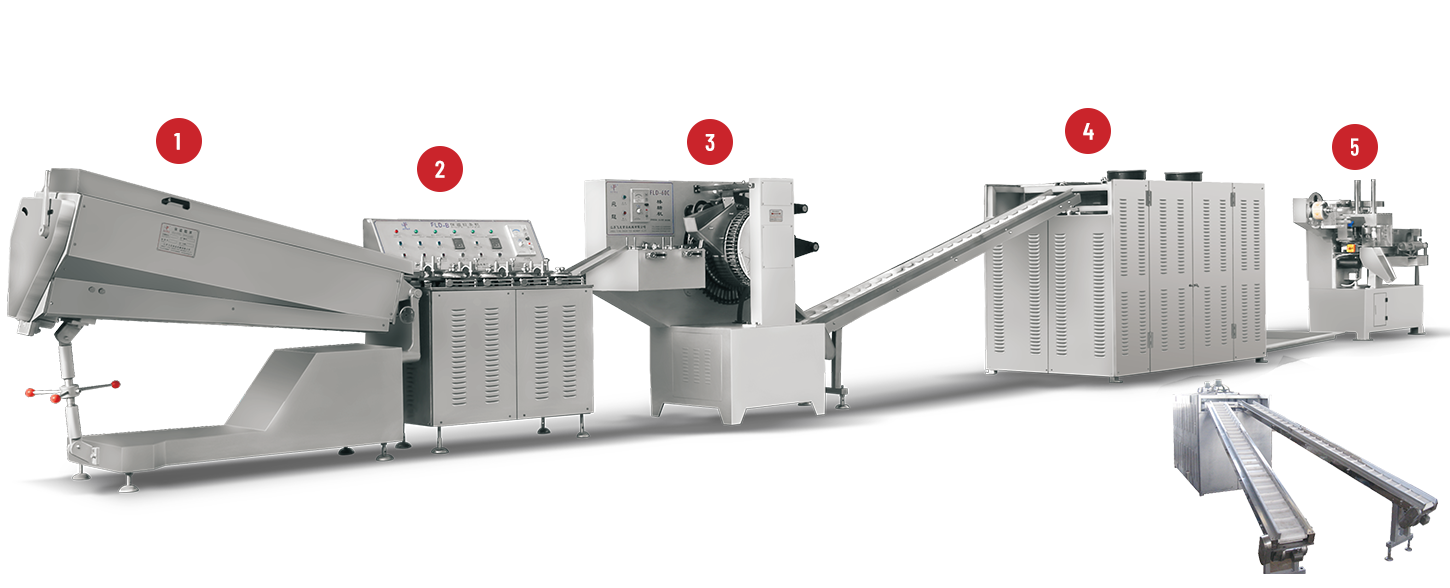
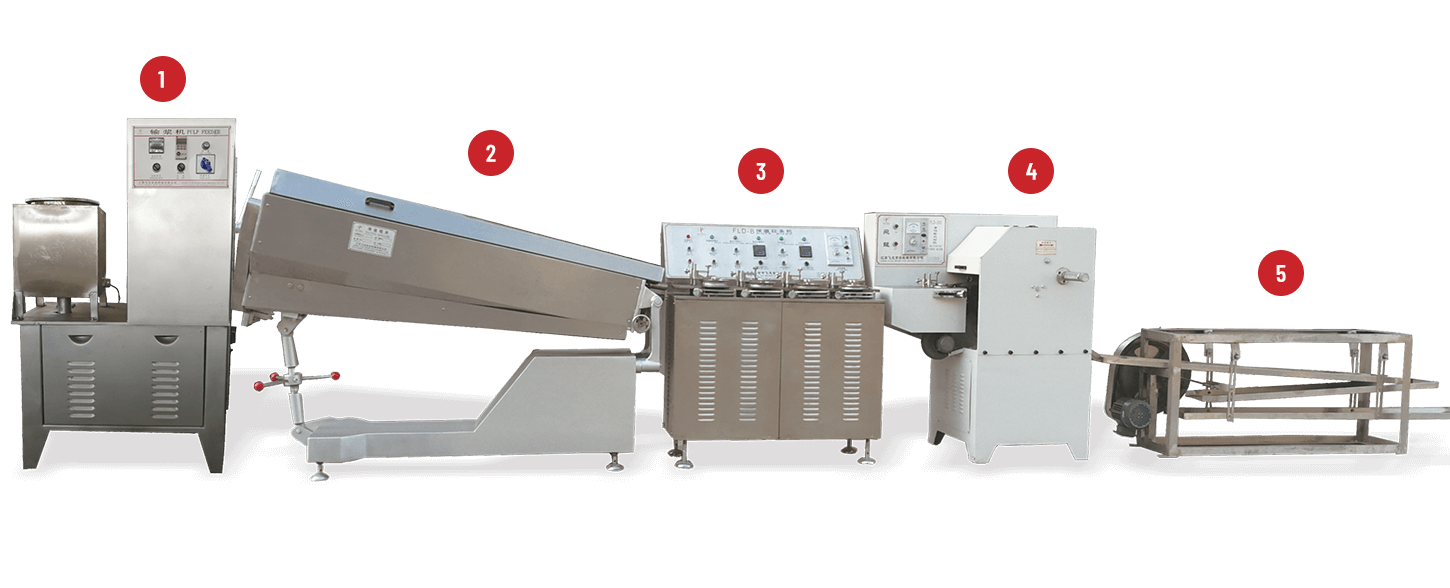
 +86-(0)515-8465666
+86-(0)515-8465666 +86-(0)515-85566996
+86-(0)515-85566996 +86-138 1559 9708
+86-138 1559 9708 flyloong@flyloongcn.com
flyloong@flyloongcn.com 
 Home
Home